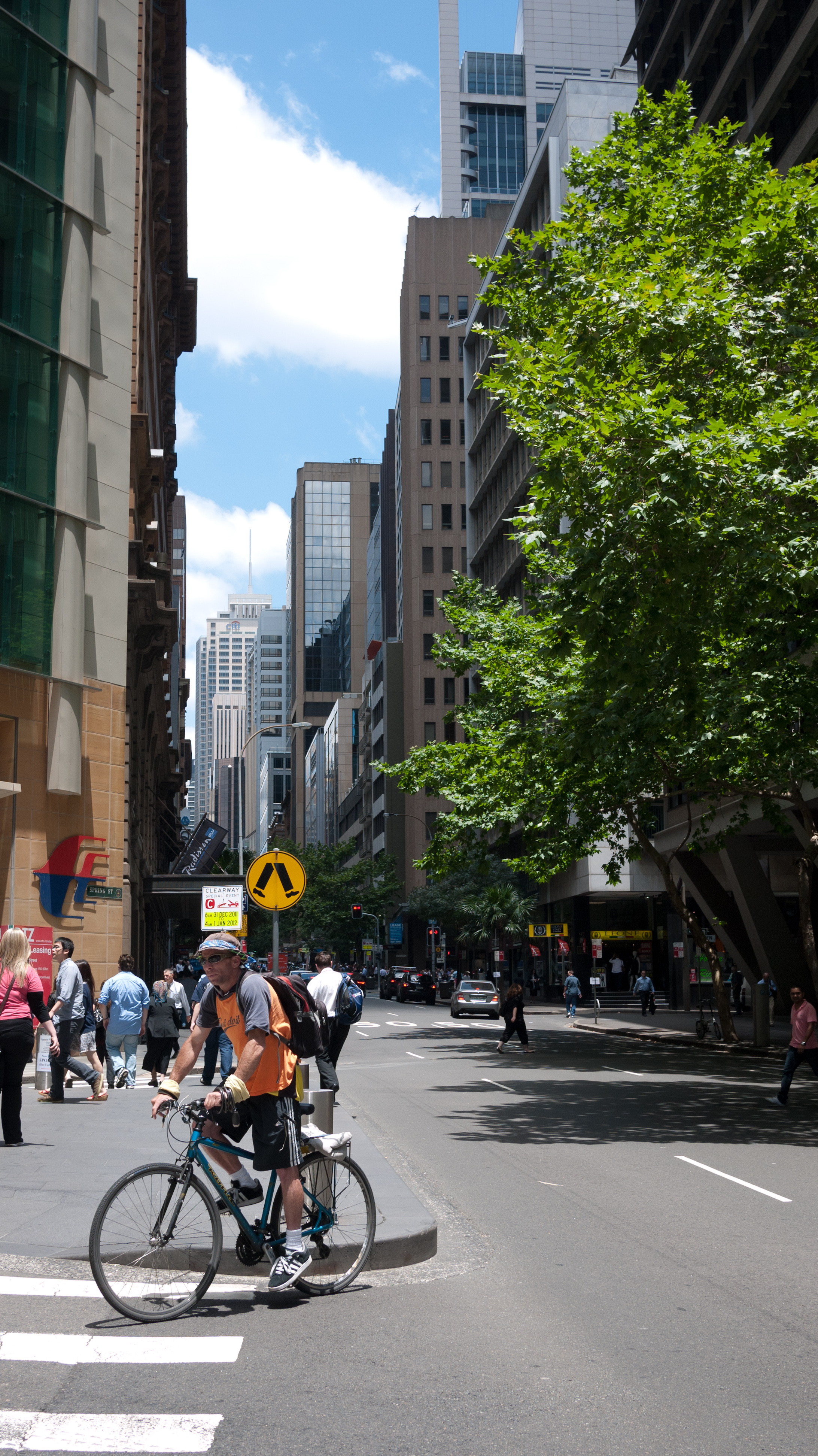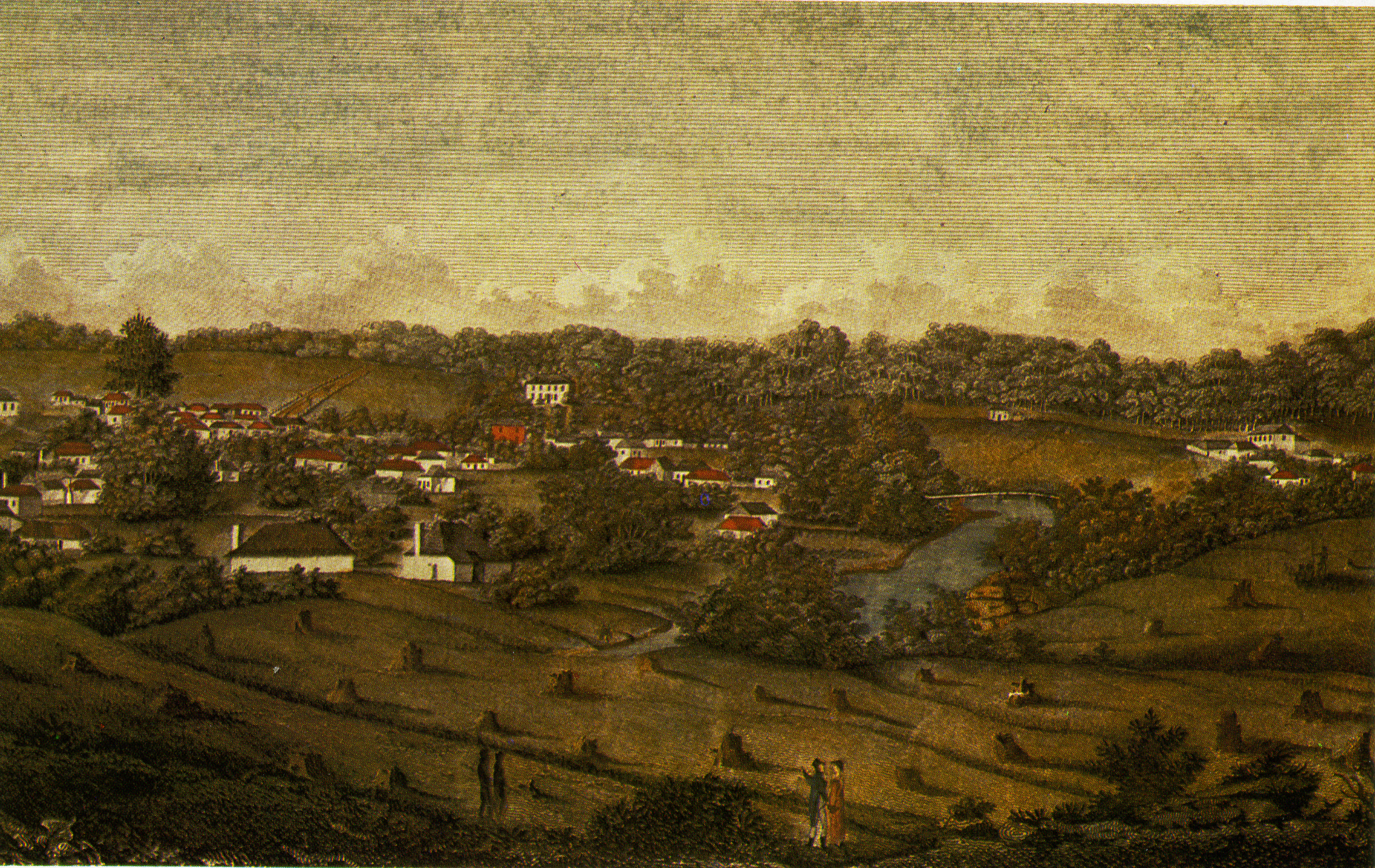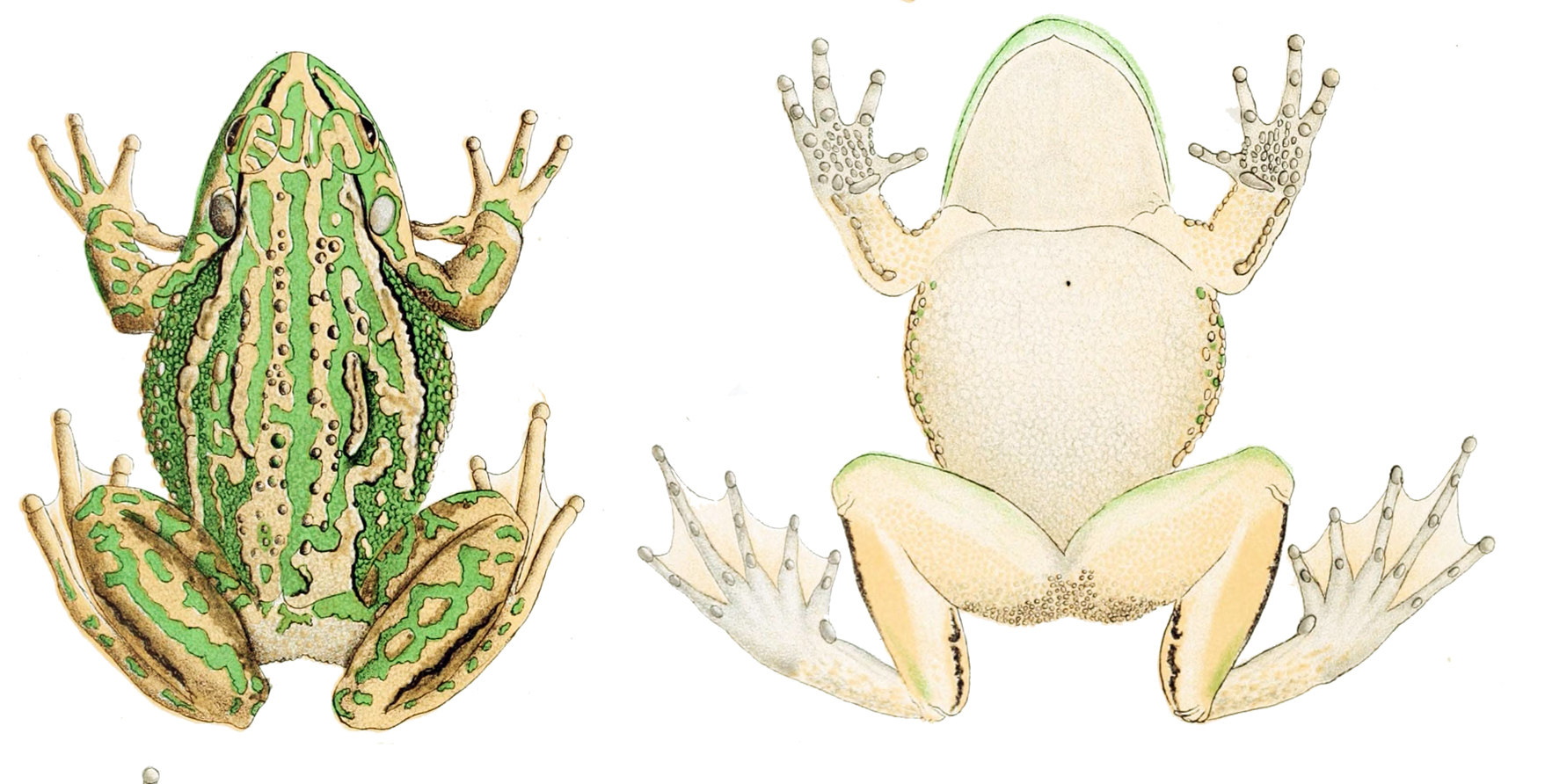|
Louise Sauvage Pathway
Located alongside the suburb of Newington, New South Wales, and named in honour of Australian paralympic wheelchair racer Louise Sauvage, the Pathway is the longest continuous section of pathway in Sydney Olympic Park. As such, the pathway is suitable for walking and pushbikes, as well as wheelchairs. Facilities The Pathway is two-lane, marked and sealed throughout, with numerous detours along its length, ranging from two-lane and marked, to one-lane sealed and an assortment of recognised and unrecognised unsealed paths. The pathway is only interrupted in two locations where the access roads cross into Newington, the former athletes' village. Amenities for travellers are provided along the path, including five water fountains and a toilet facility. Historical links The Pathway provides a north-south link between the Parramatta River and the Western Motorway, passing the last remaining piece of virgin woodland in Sydney's Cumberland basin. The Pathway also provides access t ... [...More Info...] [...Related Items...] OR: [Wikipedia] [Google] [Baidu] |
Newington, New South Wales
Newington is a western suburb of Sydney, in the state of New South Wales, Australia. It is 16 kilometres west of the Sydney central business district, in the local government area of City of Parramatta. Newington is 2 km west of Wentworth Point, on the Parramatta River, and 1 km north-west of Sydney Olympic Park. It is best known as the location of the Athletes Village for the 2000 Summer Olympics and 2000 Summer Paralympics. The Athlete's Village was converted to residential apartments after the Olympic Games and Paralympic Games. Other apartments and free-standing houses have also been built since. A reserve opposite Newington Marketplace memorial features a complete roster of the Australian team at the 2000 Summer Olympics and 2000 Summer Paralympics. History The suburb of Newington took its name from the Newington Estate which was named by John Blaxland after his family estate in Kent, England.''The Book of Sydney Suburbs'', Compiled by Frances Pollon, Angus ... [...More Info...] [...Related Items...] OR: [Wikipedia] [Google] [Baidu] |
Haslams Creek
Haslams Creek, a southern tributary of the Parramatta River, is a creek west of Sydney Harbour, located in Sydney, Australia. It flows through Sydney Olympic Park and joins Parramatta River at Homebush Bay. In 1793, the first grants were made to free settlers, with Samuel Haslam receiving his first grant in 1806. A 50 acre grant north of Parramatta Road, the first grant, was followed by a second small grant south of Parramatta Road and east of Haslams Creek. Haslams Creek flowed through the holdings of the Sydney Meat Preserving Company Ltd 1876-1965, which at one point damned the creek. When opened, Lidcombe railway station actually bore the name Haslams Creek Station Ecology The source of the creek is in the suburb of Rookwood. The Haslams Creek catchment area is . The Lower Haslams Creek catchment is located between Homebush Bay and the M4 Freeway. The Upper Haslams Creek catchment covers an area from the M4 Freeway to Rookwood Cemetery, and this catchment is highly urban ... [...More Info...] [...Related Items...] OR: [Wikipedia] [Google] [Baidu] |
Cycling In Sydney
Cycling in Sydney, New South Wales, Australia takes place for recreation, commuting and as a sport. Sydney has a hilly topography and so may require a slightly higher level of fitness from cyclists than flatter cities such as Melbourne and Canberra. Sydney depends heavily on motor vehicles where traffic and public transport operate at capacity. This means that cyclist are often competing with motorists for limited space on busier roads, and for limited government resources for expenditure on road infrastructure. In its favour, Sydney has a generally mild climate and there are active cycling groups. In 2015 the NSW Government enacted legislation that increased fines for many offences that are considered by some as trivial or even legal in most other countries, such as riding without a helmet. Cycling in Australia has, until recently, been a minority interest sport, and hostility on the road is also common. One Danish cyclist, Thomas Andersen, who had cycled around the world for ... [...More Info...] [...Related Items...] OR: [Wikipedia] [Google] [Baidu] |
Cooks River Cycleway
The Cooks River cycleway, also called the Bay to Bay Shared Pathway, is a shared use path for cyclists and pedestrians in the Inner West of Sydney, New South Wales, Australia. The north-western terminus of the cycleway is in Settlers' Park, , from where it proceeds south, crossing the Parramatta River and skirting Homebush Bay to the Cooks River, from where it generally follows the course of the river south and east to the south-eastern terminus on Botany Bay at Kyeemagh. The alternative name "Bay to Bay" or "B2B" path refers to Homebush Bay and Botany Bay. The path connects a series of parklands in the City of Ryde and the Municipality of Strathfield, as well as the riverside green spaces along the course of the Cooks River. Route Ryde to Strathfield Branching off the Parramatta Valley cycleway at Waterview Street, Ryde, the cycleway starts at Settlers Park and crosses the Parramatta River via the path on the eastern side of Ryde Bridge and then cuts back under the southern end ... [...More Info...] [...Related Items...] OR: [Wikipedia] [Google] [Baidu] |
Sydney Airport
Sydney Kingsford Smith Airport (colloquially Mascot Airport, Kingsford Smith Airport, or Sydney Airport; ; ) is an international airport in Sydney, Australia, located 8 km (5 mi) south of the Sydney central business district, in the suburb of Mascot. The airport is owned by Sydney Airport Holdings. It is the primary airport serving Sydney, and is a primary hub for Qantas, as well as a secondary hub for Virgin Australia and Jetstar, as well as a focus city for Air New Zealand. Situated next to Botany Bay, the airport has three runways. Sydney Airport is one of the world's longest continuously operated commercial airports and is the busiest airport in Australia, handling 42.6 million passengers and 348,904 aircraft movements in 2016–17. It was the 38th busiest airport in the world in 2016. Currently 46 domestic and 43 international destinations are served to Sydney directly. In 2018, the airport was rated in the top five worldwide for airports handling 40– ... [...More Info...] [...Related Items...] OR: [Wikipedia] [Google] [Baidu] |
Parramatta
Parramatta () is a suburb and major Central business district, commercial centre in Greater Western Sydney, located in the state of New South Wales, Australia. It is located approximately west of the Sydney central business district on the banks of the Parramatta River. Parramatta is the administrative seat of the Local government areas of New South Wales, local government area of the City of Parramatta and is often regarded as the main business district of Greater Western Sydney. Parramatta also has a long history as a second administrative centre in the Sydney metropolitan region, playing host to a number of state government departments as well as state and federal courts. It is often colloquially referred to as "Parra". Parramatta, founded as a British settlement in 1788, the same year as Sydney, is the oldest inland European settlement in Australia and is the economic centre of Greater Western Sydney. Since 2000, government agencies such as the New South Wales Police Force ... [...More Info...] [...Related Items...] OR: [Wikipedia] [Google] [Baidu] |
Hills District, New South Wales
The Hills District (alternatively the Hills Shire, or The Hills) is a region of Sydney, within the northern part of the Greater Western Sydney region of Sydney, in the state of New South Wales, Australia. Stretching from the M2 Hills Motorway in the south to the Hawkesbury River in the north and Old Windsor Road in the west to Pennant Hills Road in the east, its constituent suburbs are located in the local government areas of The Hills Shire, and parts of Hornsby Shire and City of Parramatta. Geography The Hills District Historical Society restricts its definition to the Hills Shire local government area. More generously, the term Hills District is applied to the area generally west of Pennant Hills Road, north of Windsor Road, and extending as far as the western boundary of the Hills Shire. The region is so named for its characteristically comparatively hilly topography as the Cumberland Plain lifts up, joining the Hornsby Plateau; and the Hawkesbury Plain lifting u ... [...More Info...] [...Related Items...] OR: [Wikipedia] [Google] [Baidu] |
Sydney Turpentine-Ironbark Forest
The Sydney Turpentine-Ironbark Forest (STIF) is dry sclerophyll forest community of Sydney, New South Wales, Australia, that is typically found in the Inner West and Northern region of Sydney. It is also among the three of these plant communities which have been classified as Endangered, under the New South Wales government's ''Threatened Species Conservation Act 1995'', with only around 0.5% of its original pre-settlement range remaining. As of 26 August 2005, the Australian Government reclassified Sydney Turpentine-Ironbark Forest as a "Critically Endangered Ecological Community", under the Commonwealth's ''Environment Protection and Biodiversity Conservation Act 1999''. The original extent of the forest was 26,516 ha, but now only 1,182 ha (or 4.5% of original extent) remains. [...More Info...] [...Related Items...] OR: [Wikipedia] [Google] [Baidu] |
Green And Golden Bell Frog
The green and golden bell frog (''Ranoidea aurea''), also named the green bell frog, green and golden swamp frog and green frog, is a species of ground-dwelling tree frog native to eastern Australia. Despite its classification and climbing abilities, it does not live in trees and spends almost all of its time close to ground level. It can reach up to in length, making it one of Australia's largest frogs. Coloured gold and green, the frogs are voracious eaters of insects, but will also eat larger prey, such as worms and mice. They are mainly diurnal, although this is mostly to warm in the sun. They tend to be less active in winter except in warmer or wetter periods, and breed in the warmer months. Males reach maturity after around 9 months, while for the larger females, this does not occur until they are two years old. The frogs can engage in cannibalism, and males frequently attack and injure one another if they infringe on one another's space. Many populations, particularly ... [...More Info...] [...Related Items...] OR: [Wikipedia] [Google] [Baidu] |
Bunker
A bunker is a defensive military fortification designed to protect people and valued materials from falling bombs, artillery, or other attacks. Bunkers are almost always underground, in contrast to blockhouses which are mostly above ground. They were used extensively in World War I, World War II, and the Cold War for weapons facilities, command and control centers, and storage facilities. Bunkers can also be used as protection from tornadoes. Trench bunkers are small concrete structures, partly dug into the ground. Many artillery installations, especially for coastal artillery, have historically been protected by extensive bunker systems. Typical industrial bunkers include mining sites, food storage areas, dumps for materials, data storage, and sometimes living quarters. When a house is purpose-built with a bunker, the normal location is a reinforced below-ground bathroom with fiber-reinforced plastic shells. Bunkers deflect the blast wave from nearby explosions to prevent ... [...More Info...] [...Related Items...] OR: [Wikipedia] [Google] [Baidu] |
Louise Sauvage
Alix Louise Sauvage, OAM (born 18 September 1973) is an Australian paralympic wheelchair racer and leading coach. Sauvage is often regarded as the most renowned disabled sportswoman in Australia. She won nine gold and four silver medals at four Paralympic Games and eleven gold and two silver medals at three IPC Athletics World Championships. She has won four Boston Marathons, and held world records in the 1500 m, 5000 m and 4x100 m and 4x400 m relays. She was Australian Female Athlete of the Year in 1999, and International Female Wheelchair Athlete of the Year in 1999 and 2000. In 2002, her autobiography ''Louise Sauvage: My Story'' was published. Early life Sauvage was born in 1973 in Perth, Western Australia, the daughter of Rita (née Rigden) and Maurice Sauvage. Her mother was a Ten Pound Pom from Leicestershire, England, while her father was born in the British colony of Seychelles. [...More Info...] [...Related Items...] OR: [Wikipedia] [Google] [Baidu] |






